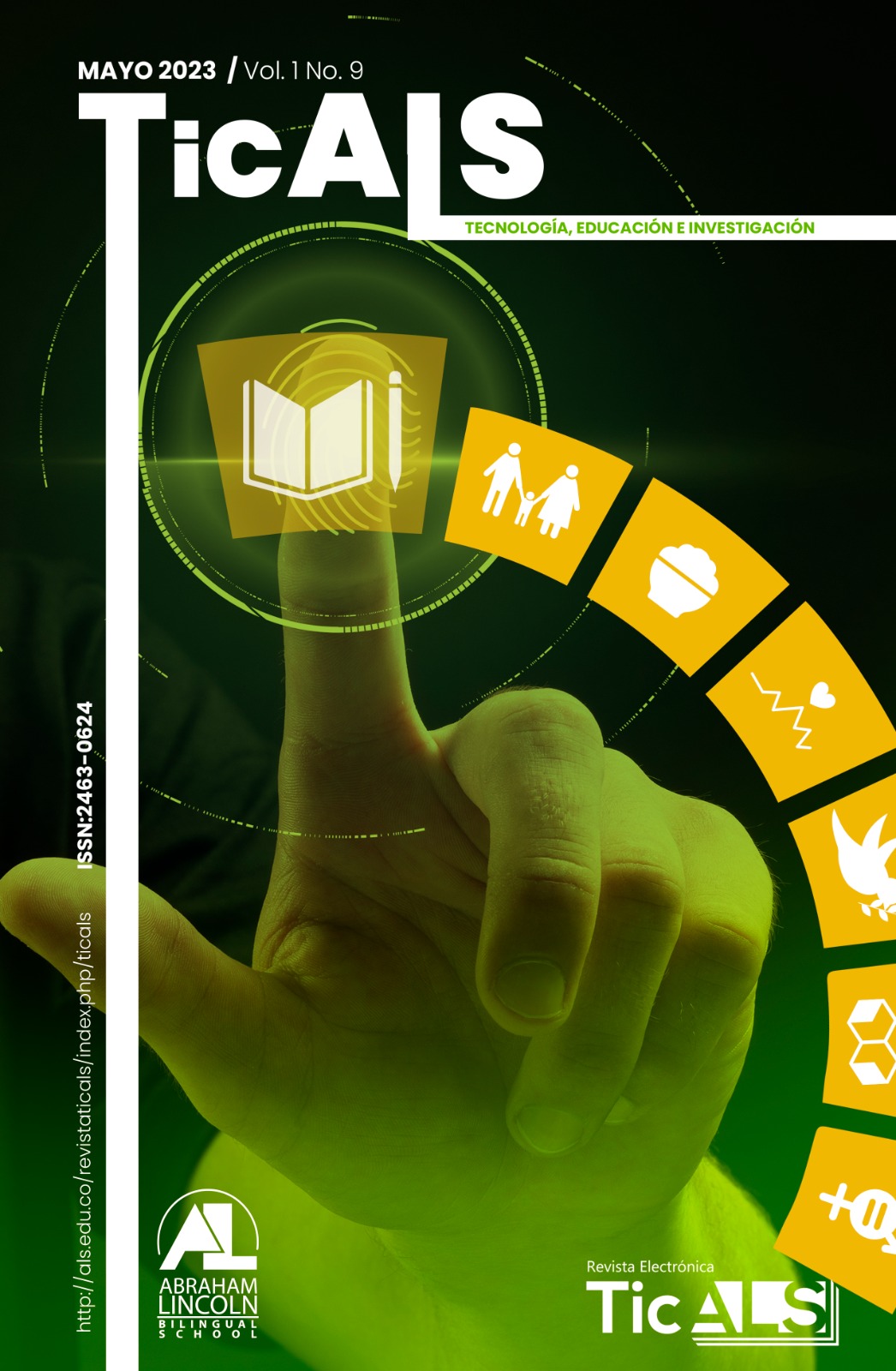Abstract
This paper reports a study on the experience of public high school students’ English learning during the Covid-19 pandemic in Manizales. The research aimed to explore the perceptions, feelings, and practices of 2,391 students using a Survey Research method that provided quantitative and qualitative results. Surveys that included closed and open-ended questions were used to obtain the data. Results revealed reduced language exposure time, variations in the skills practice by students, implementation of diverse methodologies, positive perceptions in the application of technology and digital platforms, limited resources, and affective factors concerns. In conclusion, the remote English class was a big challenge for teachers and students; however, it released the opportunity to take advantage of the technology to expand the teaching process within an on-site class and forward-thinking on the active implementation of technology as the foundation of current language teaching practices.
References
-Bao, Y., & Liu, S. (2021). The Influence of Affective Factors in Second Language Acquisition on Foreign Language Teaching. Open Journal of Social Sciences, 463-470.
-Boling, E., Hough, M., Krinsky, H., & Stevens, H. S. (2012). Cutting the distance in distance education: Perspectives on What promotes positive, online learning experiences. The learner and higher education, 118-26.
-Brown. (2002). Handbook of Research in Second Language Teaching and Learning: Quantitative research in second language studies. Routledge: New York.
-Cozby, P. (2008). Asking people about themselves: Survey Research. In P. C. Cozby, & S. C. Bates, Methods in Behavioral Research (págs. 121-131). Boston: McGraw-Hill Higher Education.
-Dornyei, Z. (2005). Motivational Strategies in the Language Classroom. Cambridge Language Teaching Library.
-Ferrari, A. (2012). Digital competence in practice: An analysis of frameworks. Institute for Prospective Technological Studies, Joint Research Centre. Digital competence in practice: An analysis of frameworks.
-Ferri, F., Grifoni, P., & Guzzo, a. T. (2020). Online Learning and Emergency Remote Teaching: Opportunities and challenges in emergency situations. Societies, 10(4), 86.
-Gardner, R. (1985). Social Psychology and second language learning: The role of attitudes and motivation. London: Edward Arnold.
-Gillis, A., & Krull, L. (2020). COVID-19 Remote Learning Transition in Spring 2020: Class structures, Student perceptions, and inequality in college courses. American Sociological Association: Teaching sociology, 283-299.
-Gonzalez-Lloret, M. & Canals, L. & Hoyos, J. (2021). Role of Technology in Language Teaching and Learning amid the Crisis Generated by the COVID-19 Pandemic. Íkala. 26. 477-482.
-Hodges, C., Moore, S., Lockee, B., Trust, T., & Bond., M. (2020). The difference between emergency remote teaching and online learning. Educause Review.
-Hsiao, W.-Y. (2010). In-service teachers' perspectives of enhancing asynchronous classroom interaction with a face-to-face real-time meeting software. The International Journal of Technology Knowledge and Society, 27-40.
-International Society for Technology in Education. (2016). ISTE standards for students. Arlington, VA: International Society for Technology in Education.
-Krashen, S. (1981). Second Language Acquisition and Second Language Learning. Oxford: Pergamon Press.
-Krashen, S. (1982). Principles and Practice in Second Language Acquisition. California: Pergamon Press Inc.
-Ministerio de Educación Nacional, MEN (2021). Mineducacion.gov.co. Sector educativo retoma presencialidad total
Ni, H. (2012). The Effects of Affective Factors in SLA and Pedagogical Implications. Theory and Practice in Language Studies, 1508-1513.
-Pavlik, J. V. (2015). Fueling a Third Paradigm of Education: The Pedagogical Implications of Digital, Social and Mobile Media. Contemporary Educational Technology, 113-125.
-Perveen, A. (2016). Synchronous and Asynchronous E-Language Learning: A Case Study of Virtual University of Pakistan. Open Praxis, 21-39.
-Saldaña (2015). The Qualitative Data Collection Cycle. SAGE Journal.
-Sherry, L. (1995). Issues in Distance Learning. International Jl. of Educational Telecommunications, 337-365.

